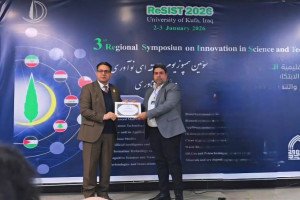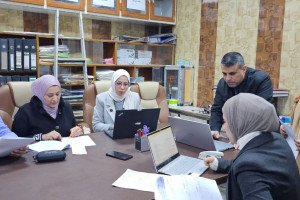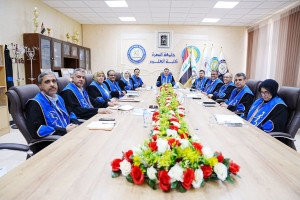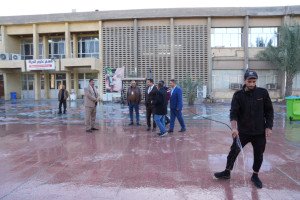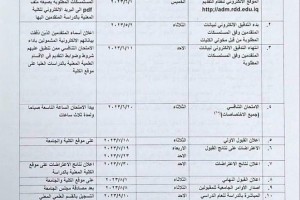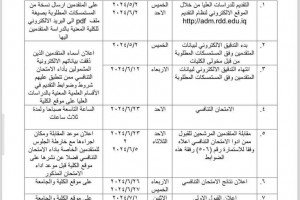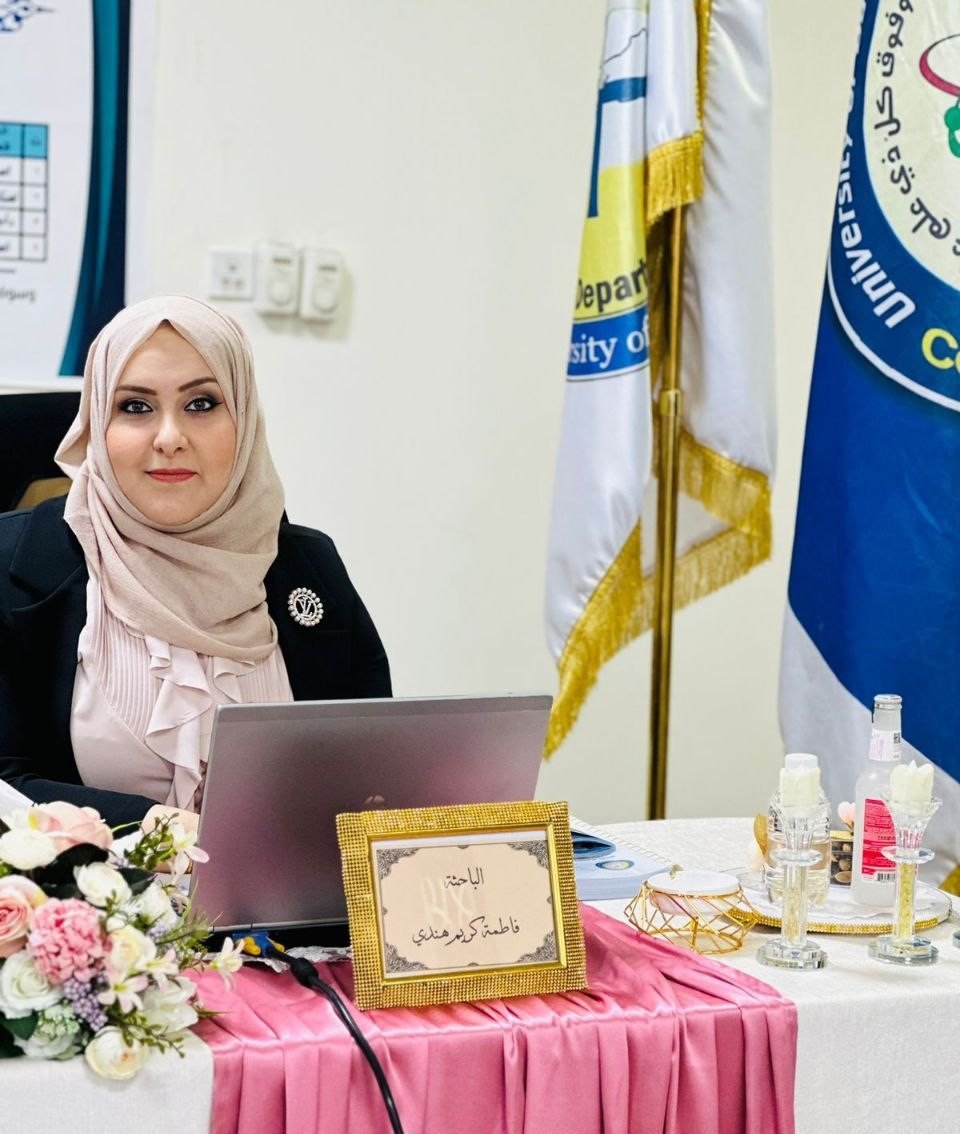
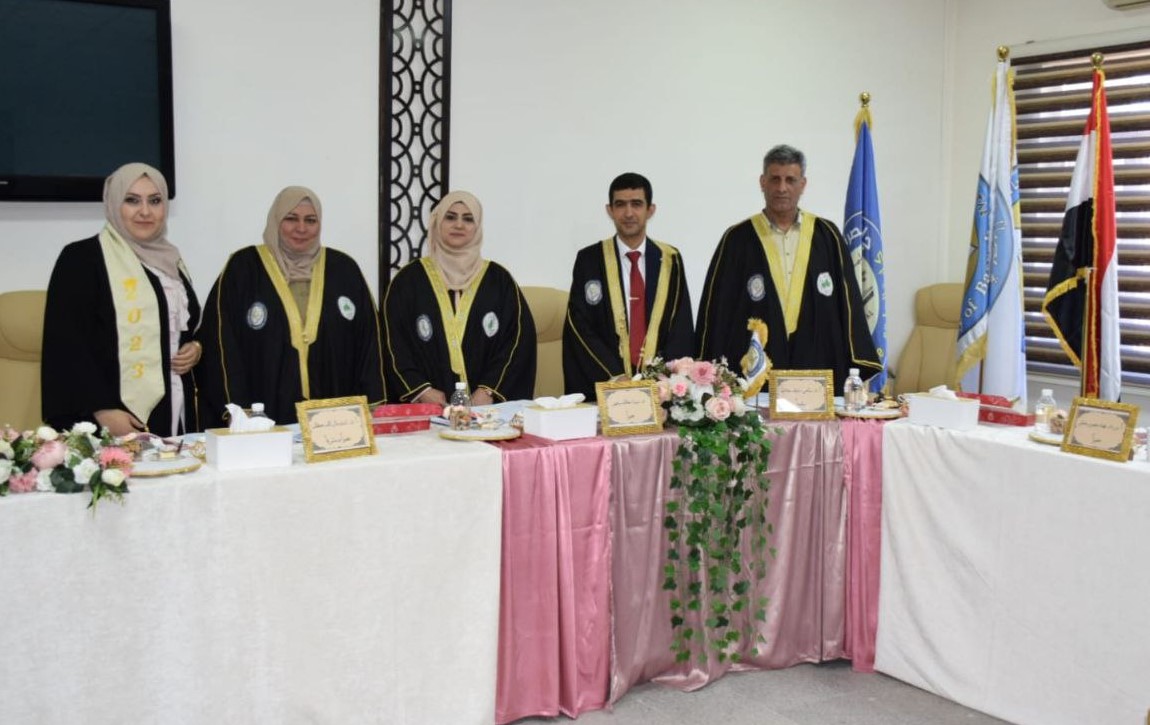
The Department of Geology, College of Science, discussed a master's thesis entitled (Studying the characteristics of the porous system and their impact on the reservoir properties of the Mushrif Formation in selected wells from the West Qurna field, southern Iraq).
The researcher Fatima Karim Hindi's thesis aims to evaluate the performance of the reservoir using capillary pressure tests and study the porous system using different methods to clarify its effect on the reservoir properties.
The study included conducting capillary pressure tests using the mercury injection method to determine the type of reservoir facies, in addition to calculating the relative permeability of water and oil from capillary pressure tests to estimate wettability, in addition to studying the porous system using different methods and showing its effect on the properties of the reservoir.
The results reached the identification of four reservoir facies, one with very good performance, one with good performance, one with medium performance, and one with poor performance, based on the relative permeability calculations, some samples are wet with water and other samples are wet with oil (oil wet). The shale size, porosity, permeability, and water saturation were determined. On the basis of this, the formation was divided into two reservoir units (the Upper Mishrif and the Lower Mishrif) with good porosity and permeability. Microscopic facies were analyzed, where six fine facies were distinguished. The heterogeneity of the reservoir units was studied using the coefficient Lorenz ranged from slight heterogeneity to very heterogeneous.
